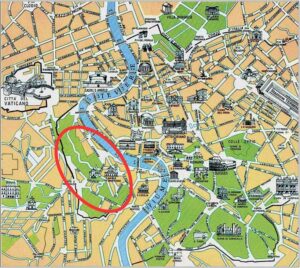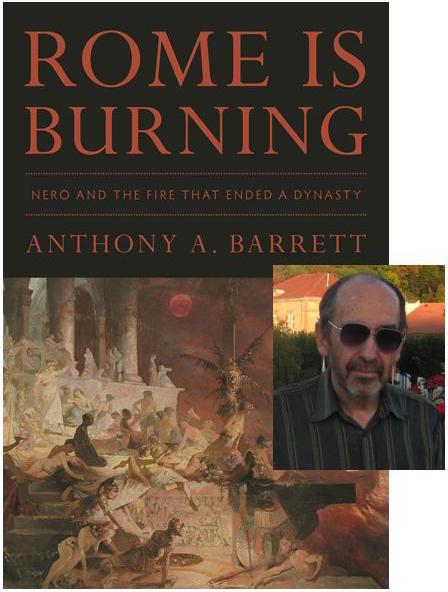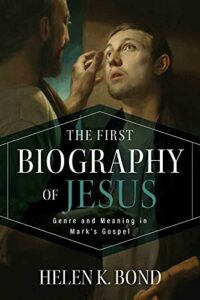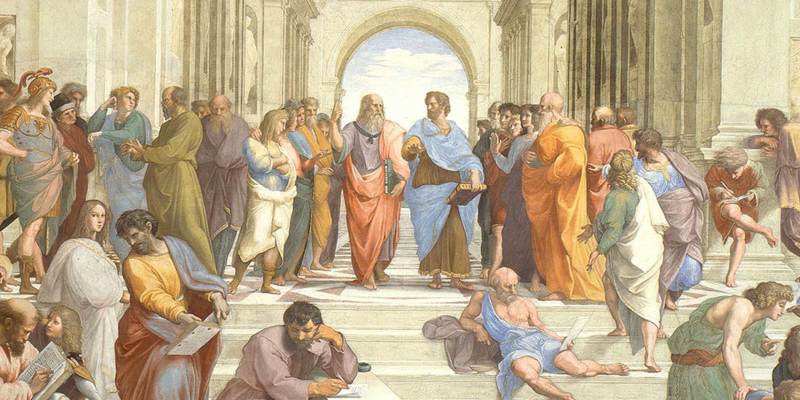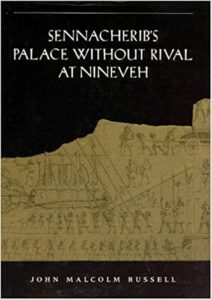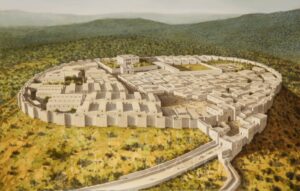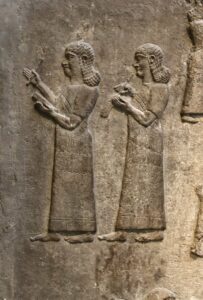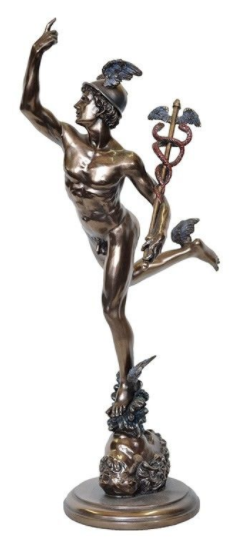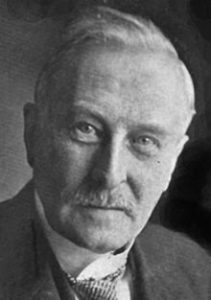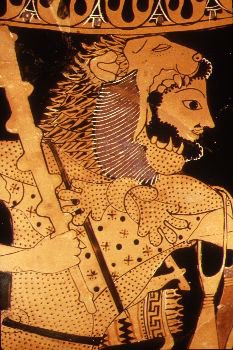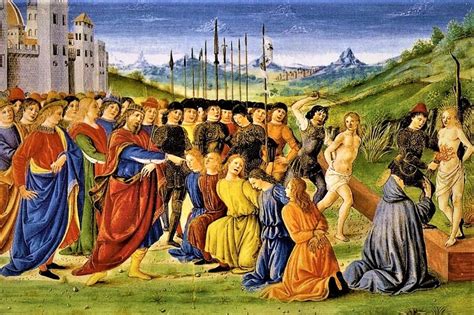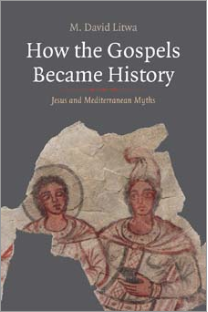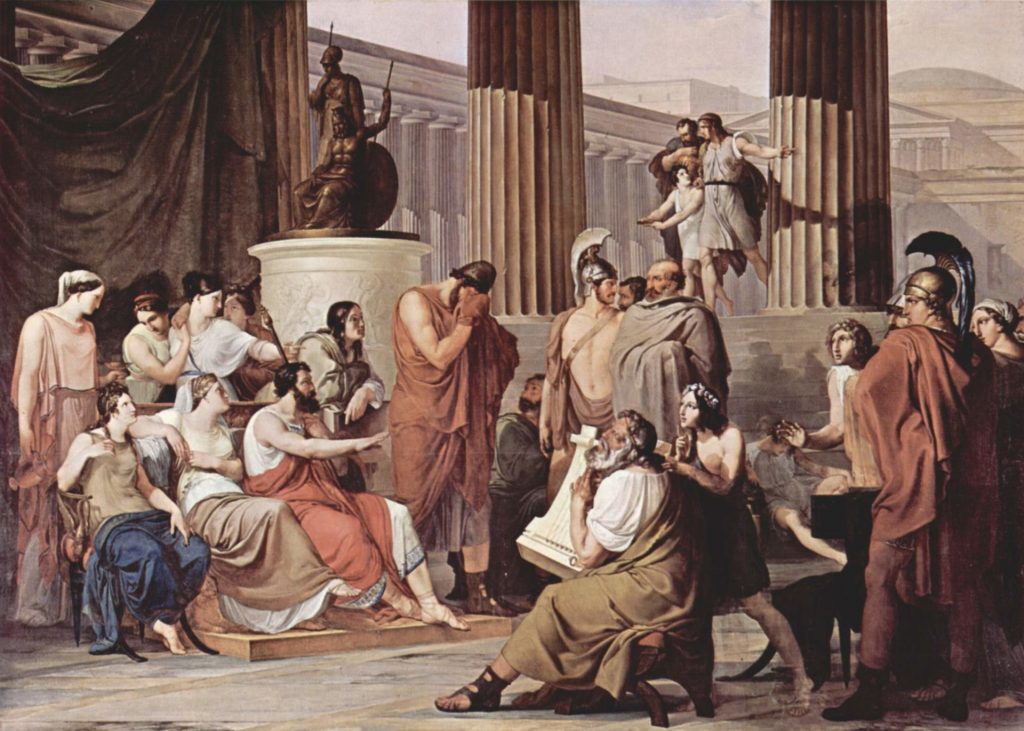This post concludes Anthony Barrett’s discussion of the account of the persecution of the Christians in the Annals by Tacitus.
But there are oddities in this part of the Annals that are so serious that in the late nineteenth century the Christian episode was denounced in its entirety as an interpolation, a forgery in the style of Tacitus that had been inserted at some later date into the manuscript almost certainly not by accident, but in order deliberately to deceive.
But Anthony Barrett follows that statement up with:
The sweeping claim that the Tacitean passage was a forgery has won over very few adherents.61
And then:
The vocabulary and syntax and general Latin style, it must be acknowledged, perfectly align with the accepted corpus of Tacitus’s writings, and the text lacks the exaggerated mannerisms that might be expected in a forged piece. If the whole chapter is indeed an interpolation, it must have been inserted into the manuscript by at least the end of the fourth century AD, since parts of it are cited by a Christian writer active in the very early fifth century, Sulpicius Severus, most familiar as the author of the celebrated Life of Saint Martin.
One of those arguments is the claim that such an “original passage” contains phrases and vocabulary characteristic of Josephus. But if a Christian copyist were seeking to create a convincing interpolation, he would likely try to employ Josephan fingerprints to make it appear authentic; and if he were introducing terms or ideas similar to those expressed elsewhere in Josephus he would have precedents to draw on. If he were someone who worked with the manuscripts of Josephus on a regular basis, such imitation might well become second nature to him. Guignebert opined (Jesus, p. 17): “It may be admitted that the style of Josephus has been cleverly imitated, a not very difficult matter…” Earl Doherty, Jesus Neither God Nor Man, p. 535
The putative forger, who will have succeeded in a deceptive coup of dazzling brilliance, would have been one of two things. He might have been a Christian, but one smart and sophisticated enough to know that by castigating his own faith and generating a partially negative image of Christianity he could throw sand in the eyes of a normally skeptical reader and thus create an irresistible believability. Hence, while the chapter is manifestly anti-Neronian, the Christians are deliberately not shown in a particularly favorable light. Or he might have been a pagan, both anti-Christian and anti-Neronian, who took the opportunity to kill two birds with one interpolatory stone.
Scholars whose knowledge of Tacitus is unsurpassed have accepted the Latin of the text as genuinely Tacitean, but it needs to be acknowledged that there is a long history of literary texts that, like works of art, have been recognized by gifted and honest experts as genuine but have proved ultimately to be phony. Moreover, those scholars who accept that the Tacitean passage is genuine—and they are in the overwhelming majority—do acknowledge that it exhibits some troubling features. One section of the narrative is particularly awkward: the brief summary that the writer provides of the background of the Christians. (Barrett, p. 158 — bolded highlighting is mine in all quotations)
So what are the “troubling features”?
Pontius Pilate and the manner of his introduction
Pontius Pilate is introduced as “procurator” without any mention of whereabouts in the empire he was located.
| The man who gave them their name, Christus, had been executed during the rule of Tiberius by the procurator Pontius Pilatus. The pernicious superstition had been temporarily suppressed, but it was starting to break out again, not just in Judea, the starting point of that curse, but in Rome as well . . . Annals 15.44.3 |
A Christian reader would, of course, immediately think of Judea. But anyone else?
On the other hand, the earlier books of Annals are missing. Perhaps Pilate’s career was covered in those. That’s possible, yet we cannot overlook that Tacitus did say in another work, Histories, that “all was quiet” in Judea during the reign of Tiberius. We would not, from that line, expect much of troublesome note to have been written about Pilate in any other lost work.
Even the mere fact that Pilate’s term of office is mentioned as the context for the death of Christ comes as something of a surprise; it is a detail about Christ that would be of very little interest to a Roman but would have had considerable significance for a Christian reader. (Barrett, p. 159)
Another “troubling feature” is the office of “procurator” here. Literary and archaeological evidence assures us that Pilate was not a “procurator” [=governor of a small province] but a “prefect” [=commander of troops established within some provinces].
Tacitus is elsewhere quite punctilious in his use of such terminology and makes a careful distinction between procurators and prefects. . . . [T]he error over Pontius Pilate’s office . . . is a basic historical blunder and, as such, very surprising indeed if made by Tacitus. (Barrett, pp. 159f)
But if Pilate was not a procurator then why would a forger claim that he was? Barrett suggests an answer:
The gospels were written in Greek and before Jerome composed his Vulgate version in the fifth century the gospels were translated into at least two Latin versions. These Latin versions translate the loosely described position of Pontius Pilate in Luke 3:1 (hegemoneuo = “to be leader”) with the general Latin procurante Pontio Pilato — the verb “procurare” meaning “to administer”. Whoever was describing Pilate as “procurator” in Annals 15.44.3 may have been influenced by the Latin wording of Luke 3:1.
Christianity Suppressed?
| The man who gave them their name, Christus, had been executed during the rule of Tiberius by the procurator Pontius Pilatus. The pernicious superstition had been temporarily suppressed, but it was starting to break out again, not just in Judea, the starting point of that curse, but in Rome as well . . . Annals 15.44.3 |
We have no evidence that Rome ever attempted to “suppress” the new religion (or Jewish faction, as it originally was) in Judea soon after its birth. The only opposition we are aware of comes from Jewish powers.
The notion that the early believers were officially oppressed seems more distinctly Christian rather than Roman. (Barrett, p. 161)
Called Christians/Chrestians?
| These were people hated for their shameful offenses whom the common people called Chrestians [or Christians]. — Annals 15.44.2 |
How likely is it that as early as the year 64 in Rome a certain Jewish sect was identified as a distinct separate body with the label “Christians” (or “Chrestians”)? The author of Acts informs us that members of the sect were first called Christians in Antioch some time before the mid-50s. But nothing in Paul’s letters suggests his congregations were known by that name. Again in Acts, Paul is identified as a Nazorean when on trial shortly before he was sent to Rome. Even if we were to think that Tacitus used the descriptor known in his own time, we must note that the passage of interest in Annals explicitly notes that the name was used by the common people in the time of Nero. (The manuscript shows that “e” has been erased and replaced with “i” — hence the uncertainty about the original text. Chrestian was a common pronunciation for Christian.)
A Principle of Historiography
Barrett next comes to a theme close to my own heart when engaging with any historical inquiry but especially with discussions relating to Christian origins. If we are to make valid use of a source we need to establish its provenance and the context of its narrative.
But there is also a principle of historiography that takes account not only of what a given source might say, but, paradoxically perhaps, of what it does not say. Such argumenta ex silentio tend not to be given great weight, since there may be a perfectly good reason why a source chooses not to allude to any given event. In the case of the fate of the Christians as described in the Annals, however, the negative evidence seems overwhelming. (Barrett, p. 163)
Other Roman historians who wrote of the fire and who likewise loathed Nero (Suetonius, Cassius Dio) do not make any mention of Nero’s scapegoating the Christians to deflect suspicions directed against him. If the treatment of Christians was so horrendous as to turn public sympathies favourably towards them this does seem at least a little surprising. The naturalist and contemporary of Nero, Pliny the Elder, made many passing remarks about Nero in his works but none reference his treatment of Christians and his nephew and friend of Tacitus, Pliny the Younger, breathes not a hint of this persecution, not even when apparently discussing his own quandary of how to treat Christians.
But surely most surprising of all is that not a single surviving Christian author before the fifth century appears to know anything about such a persecution. Tertullian, Clement, Eusebius and others were keen to demonstrate the courage with which Christians had faced numerous persecutions and to highlight the providence by which the “church” had endured and survived and even grown despite such treatment from authorities. But none knows anything about the event we read of in Annals 15.
Perhaps Tacitus’s works were not widely read. Tacitus does not appear to have made a strong mark on his immediate posterity but if a persecution of such notoriety had been a matter of wider historical knowledge then it is most remarkable that no mention is made of it in any other source, especially Christian ones, until the fifth century.
The Debate
Polydore Hochart made the case for interpolation in 1885 with Études au sujet de la persécution des Chrétiens sous Néron. Barrett sums up the main themes of academic debates but I’ll post some of it in full here. First, a translation of pages 219-21 of Hochart: Continue reading “Rome Burning – the Christian Problem in the Annals of Tacitus”

